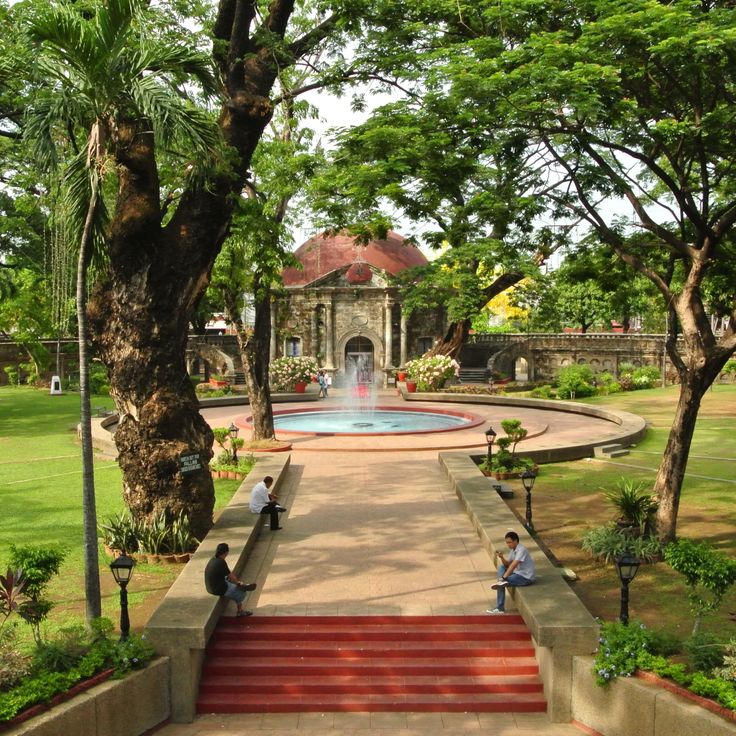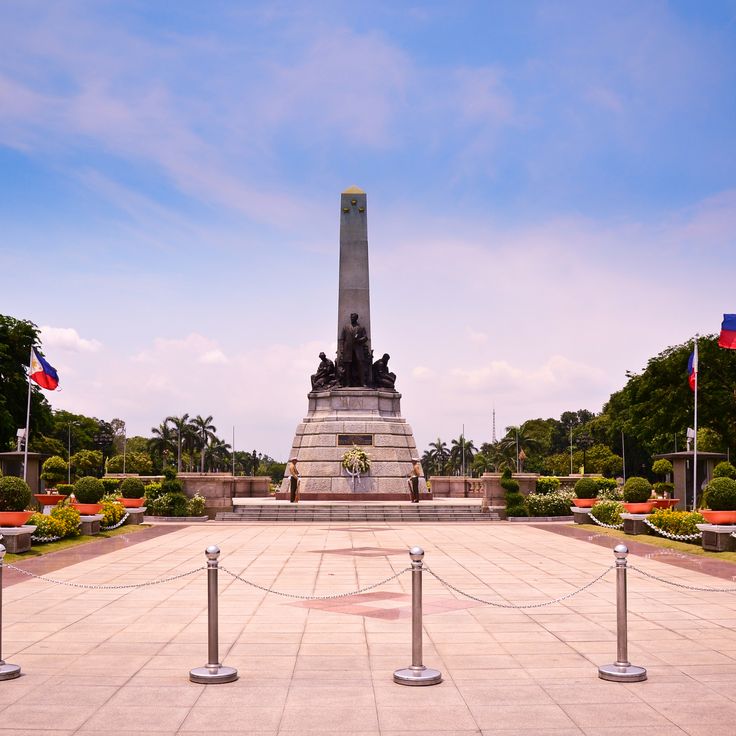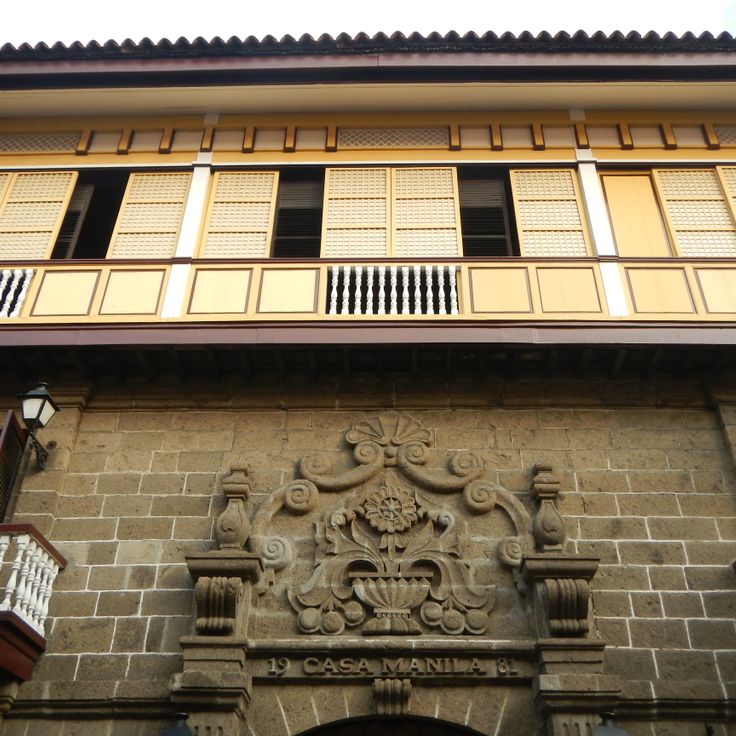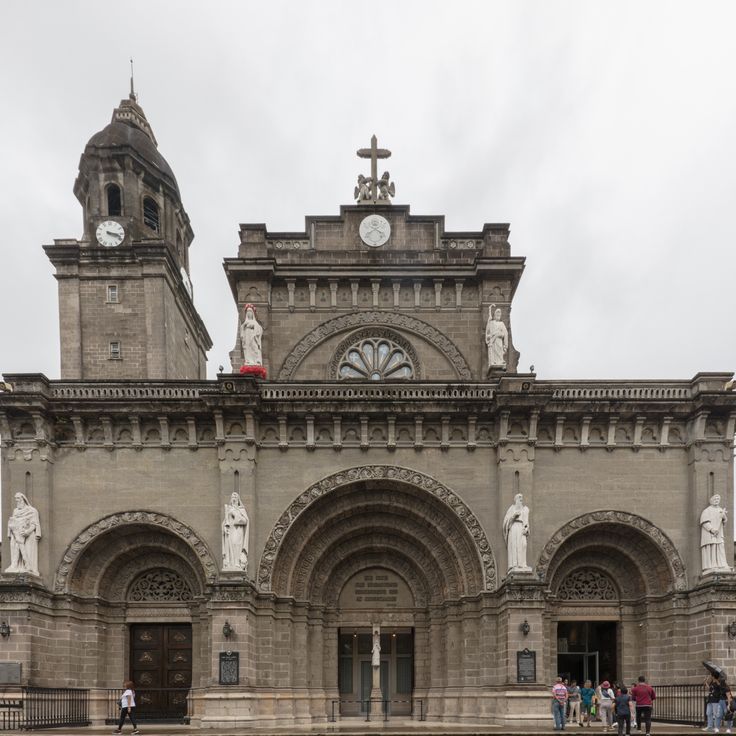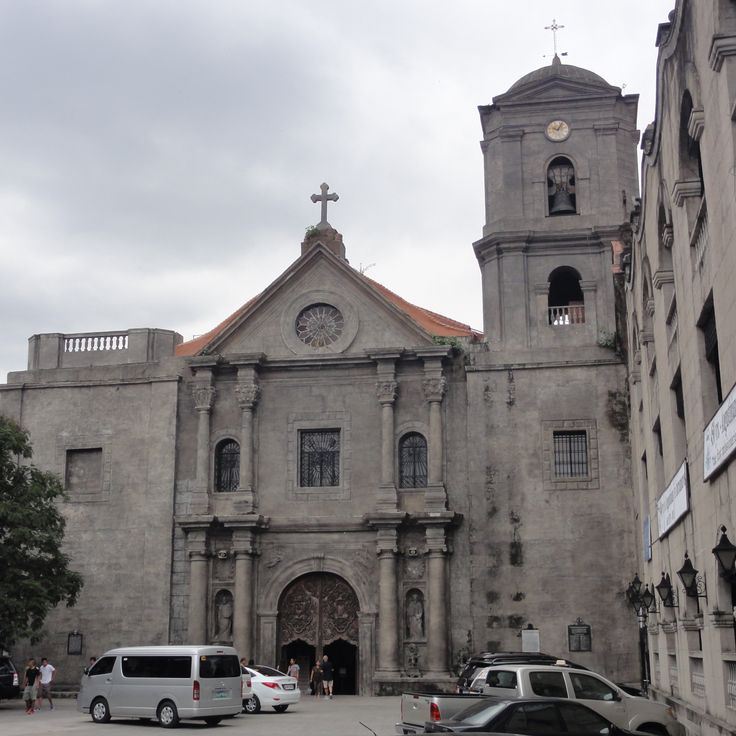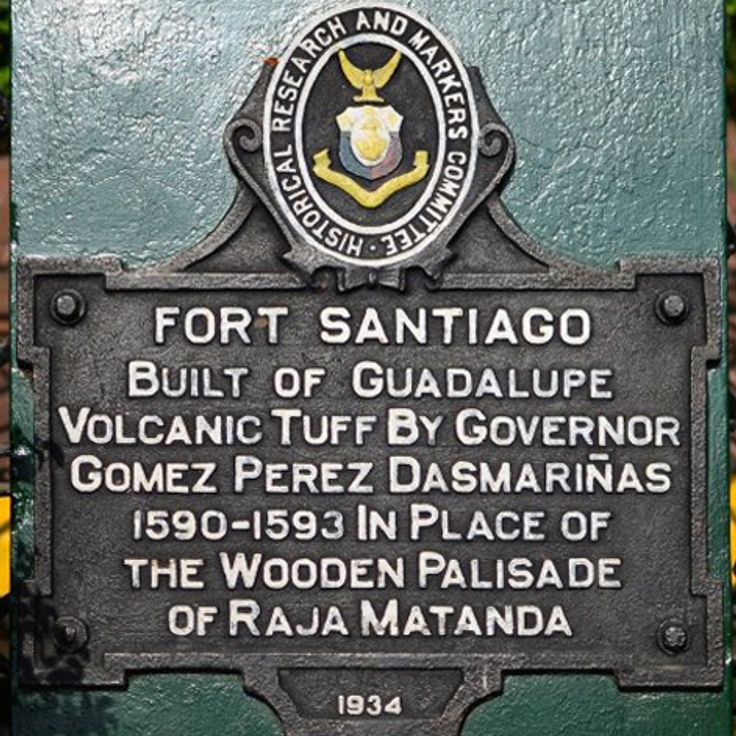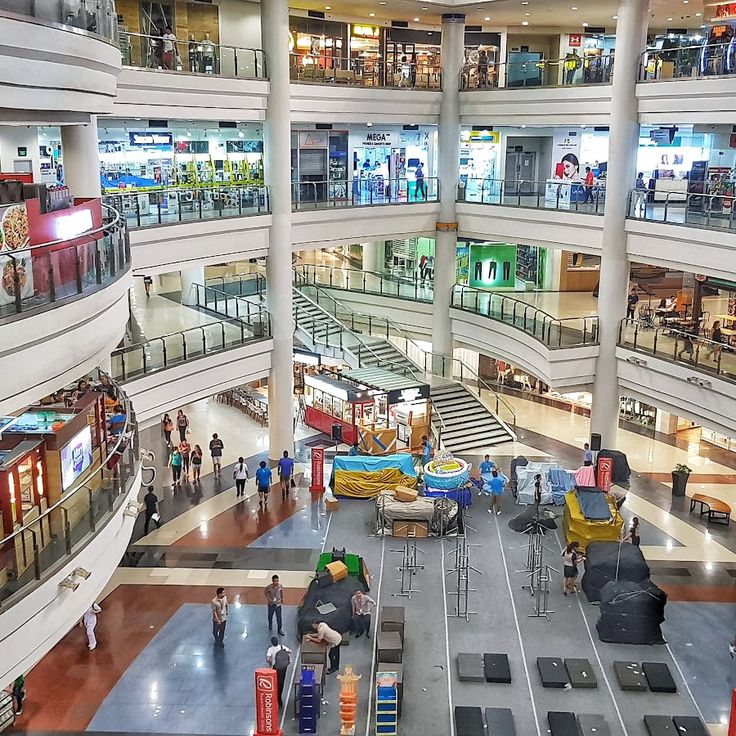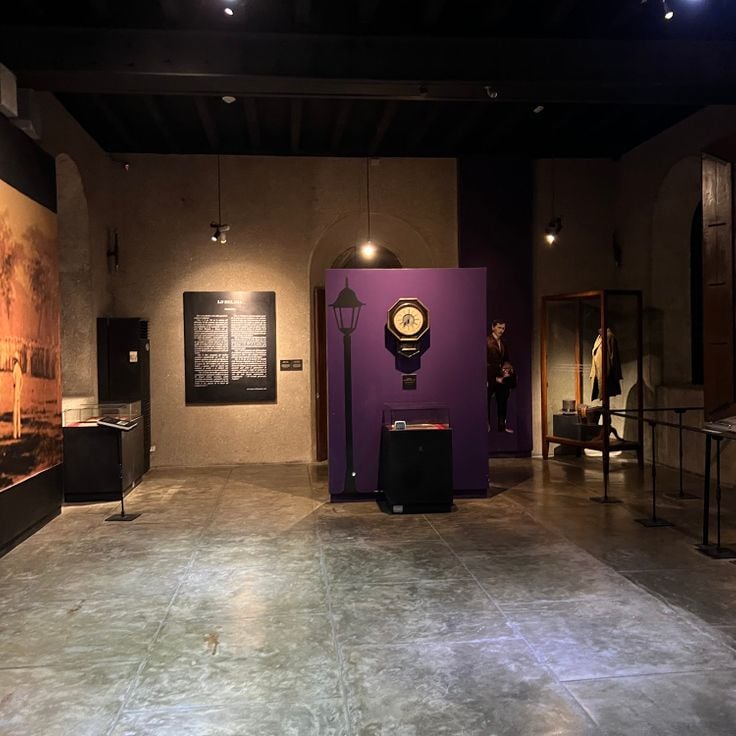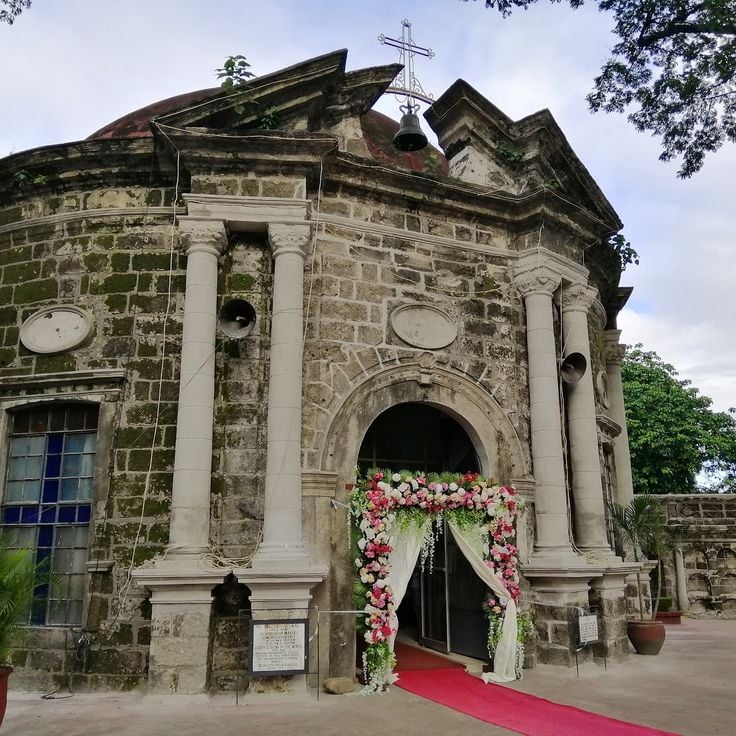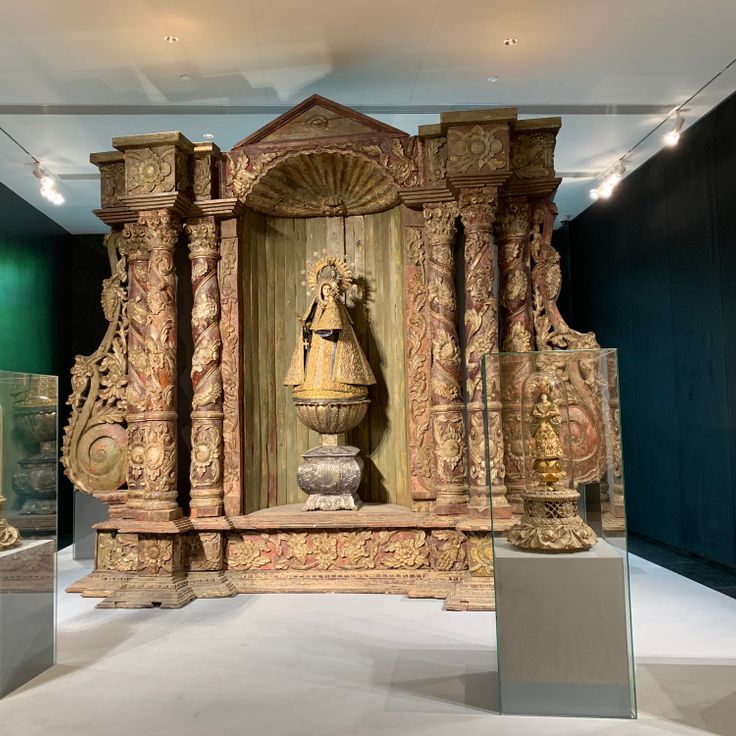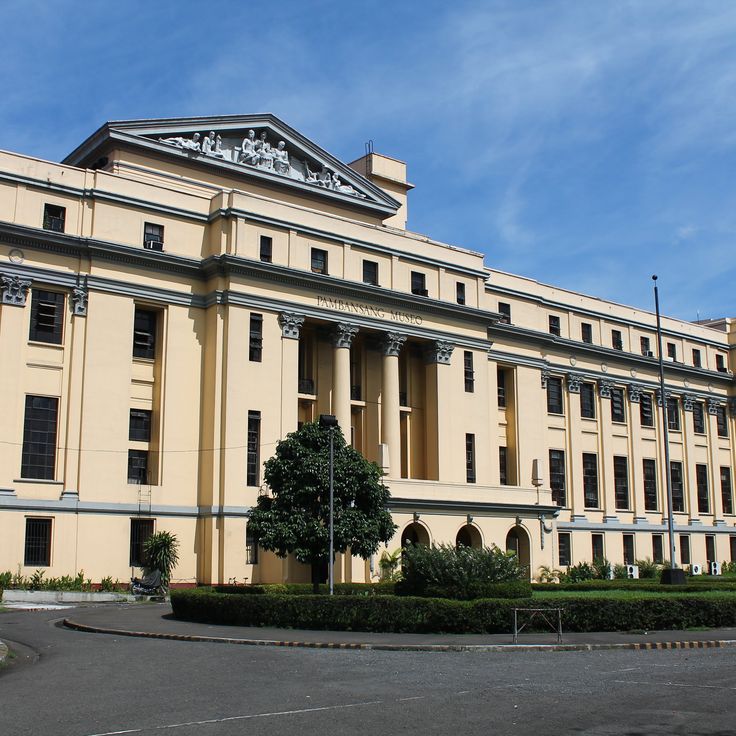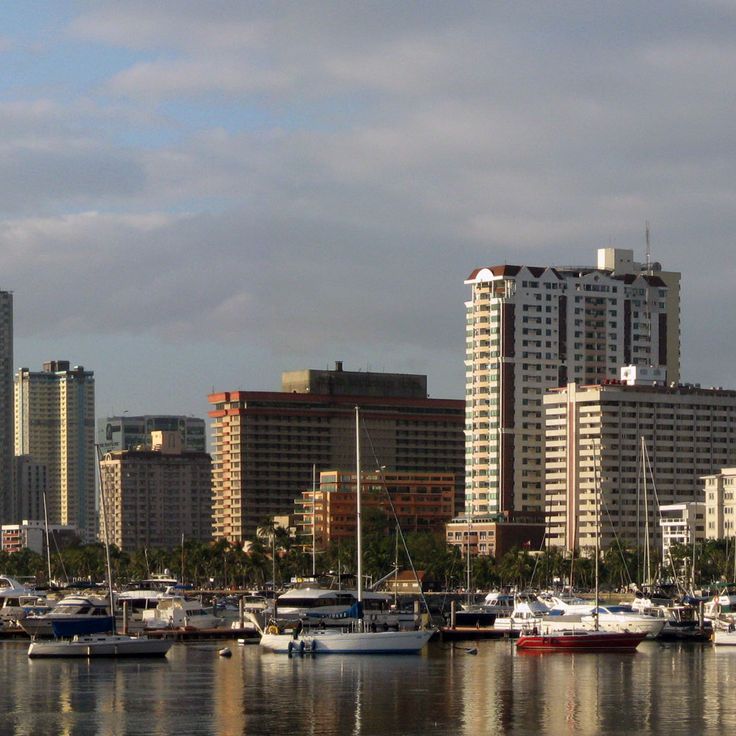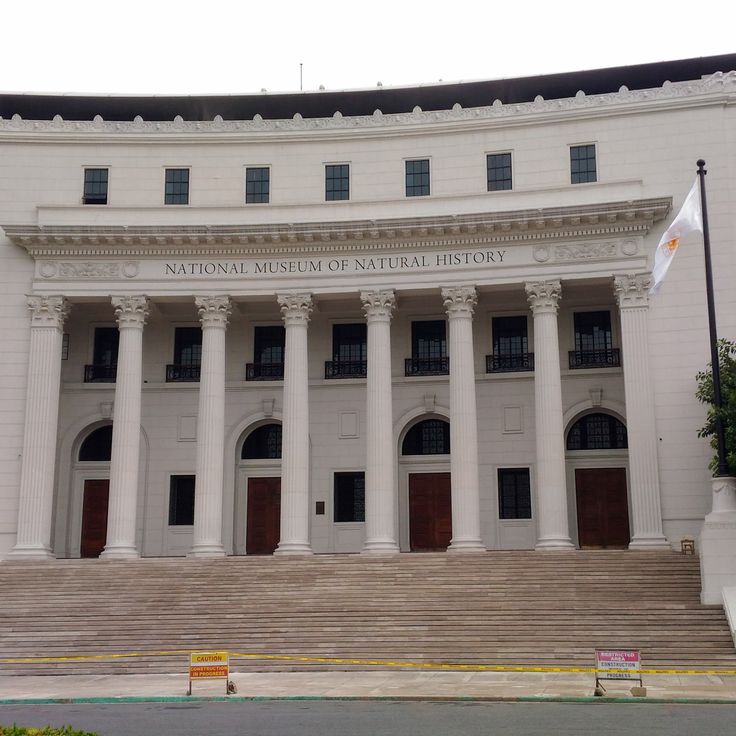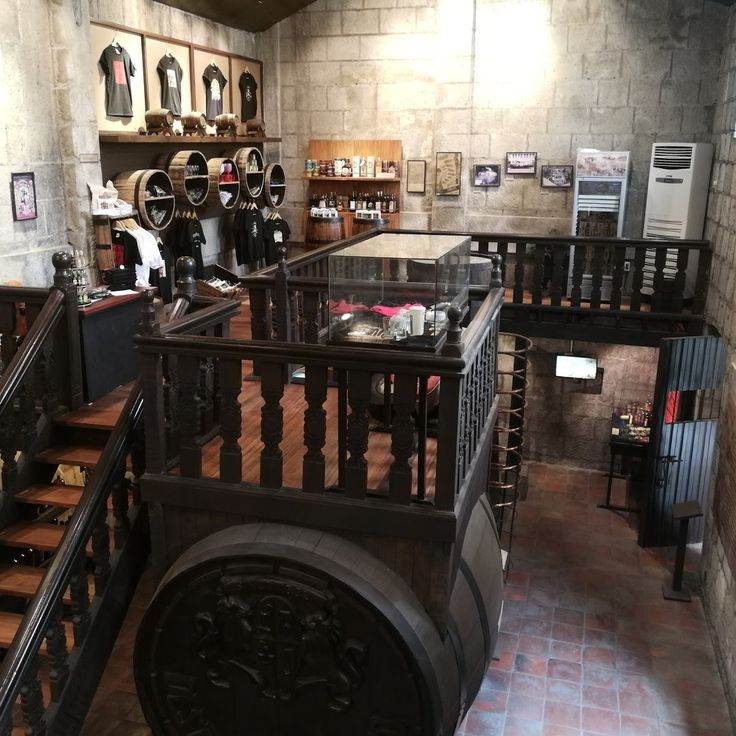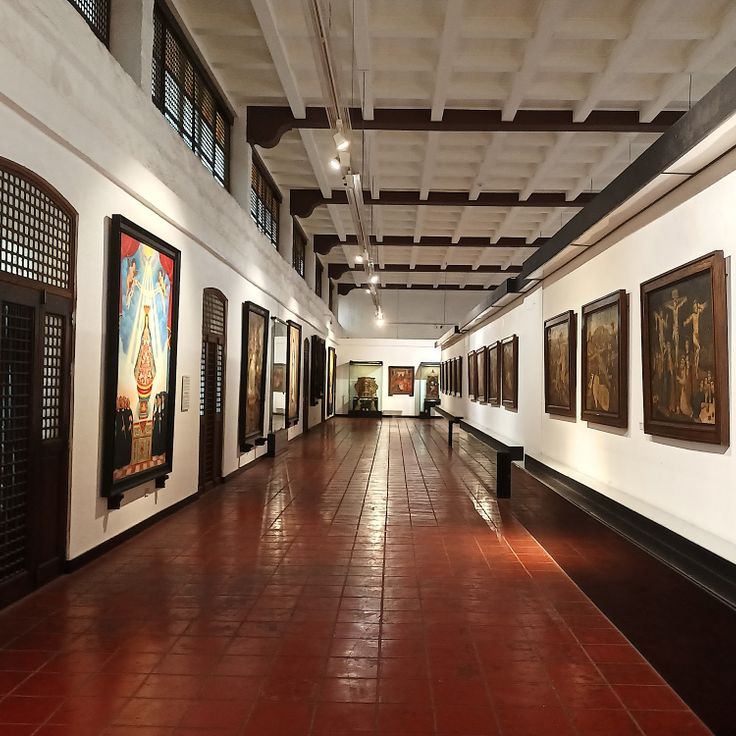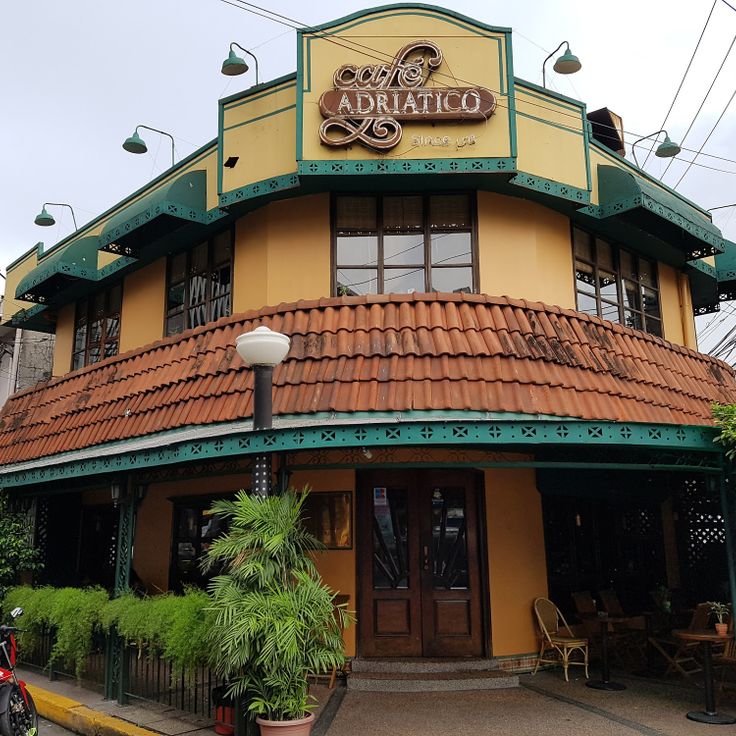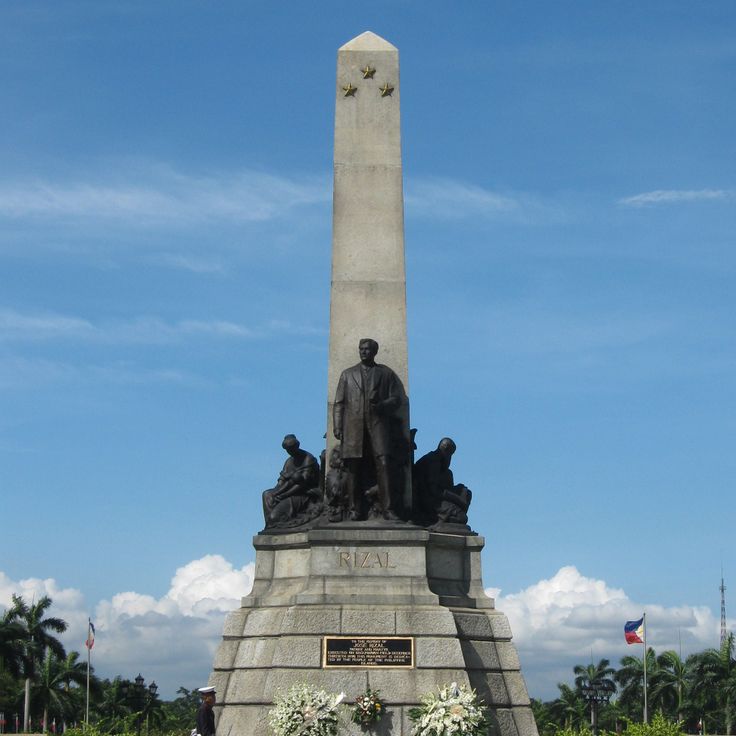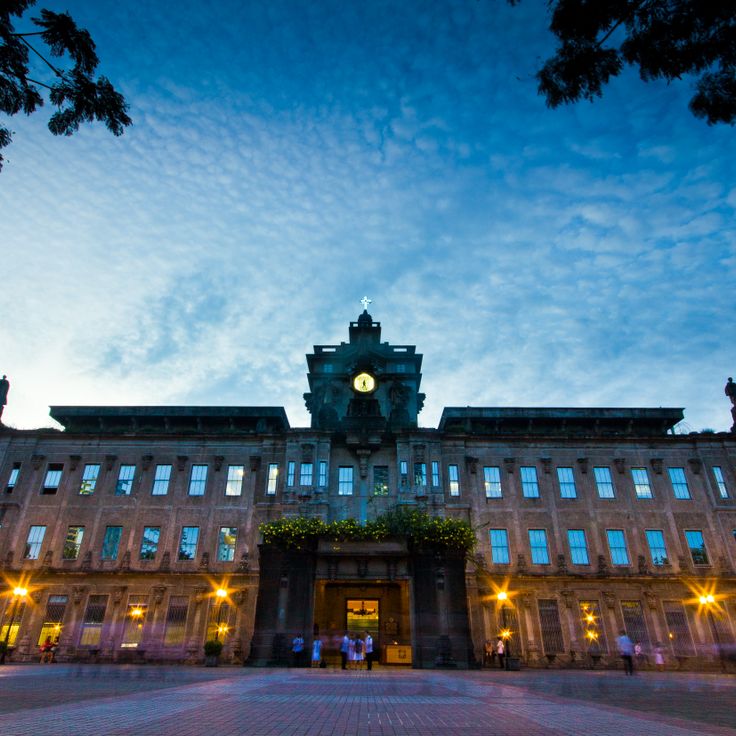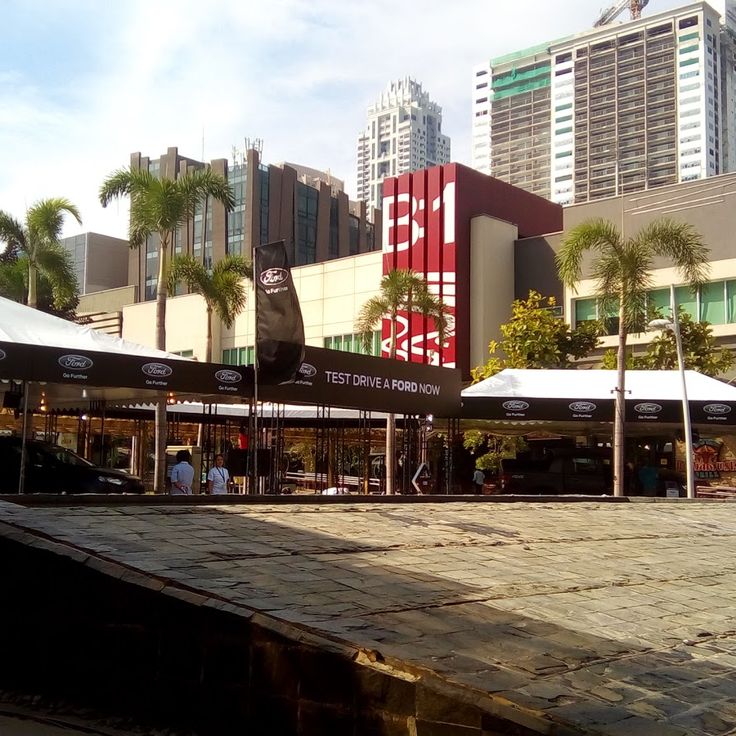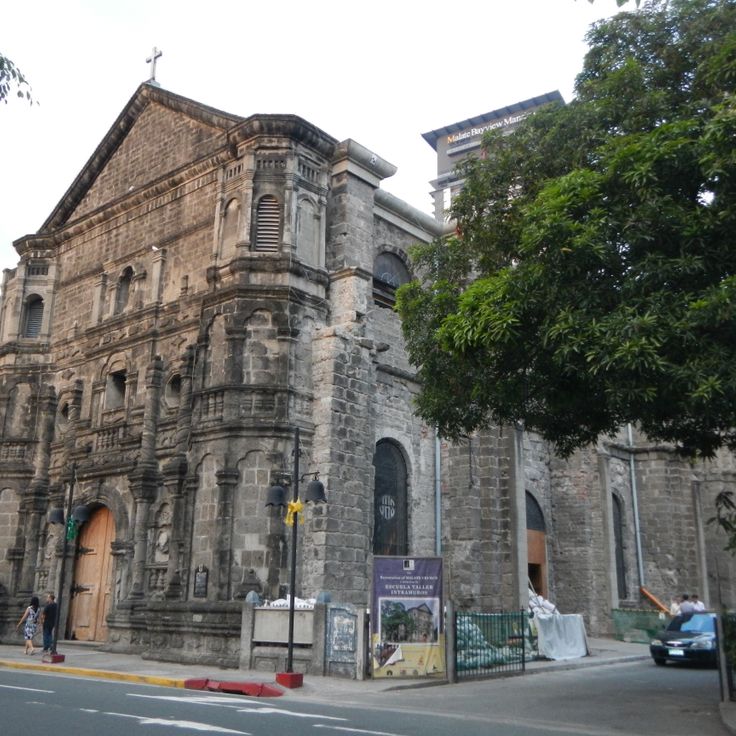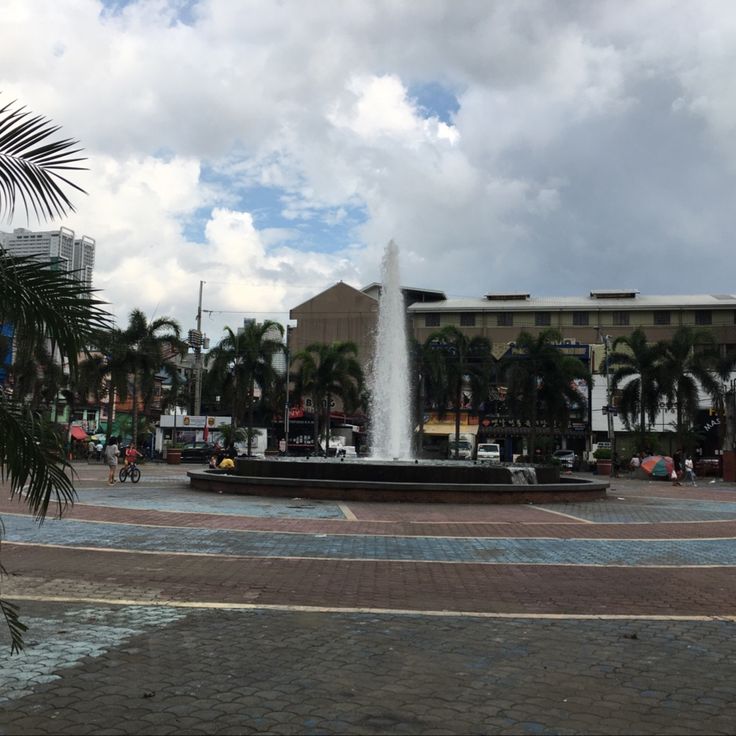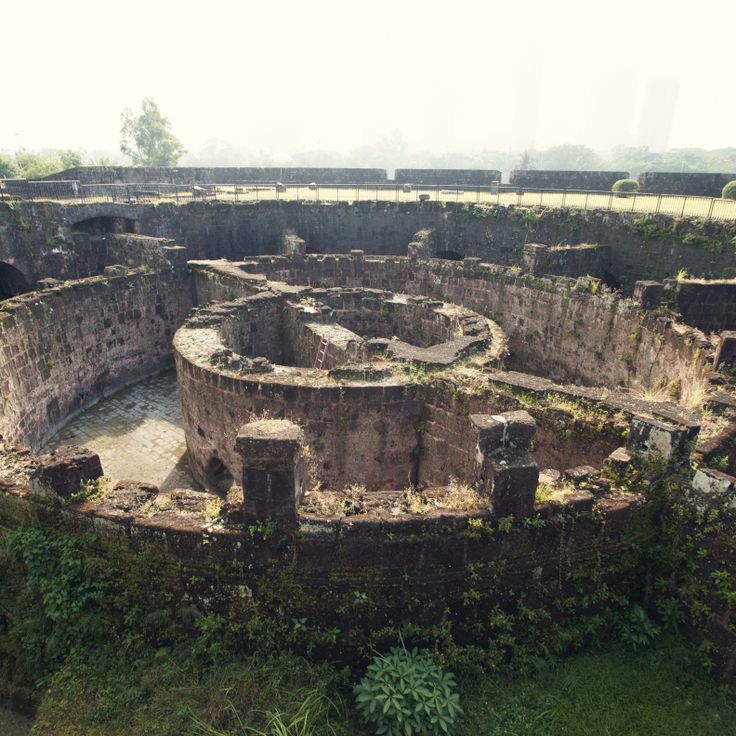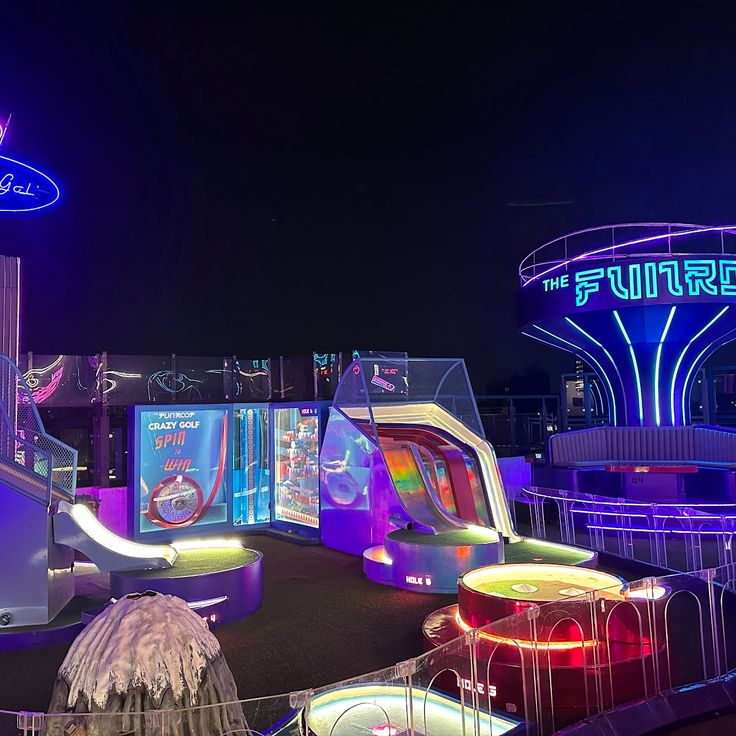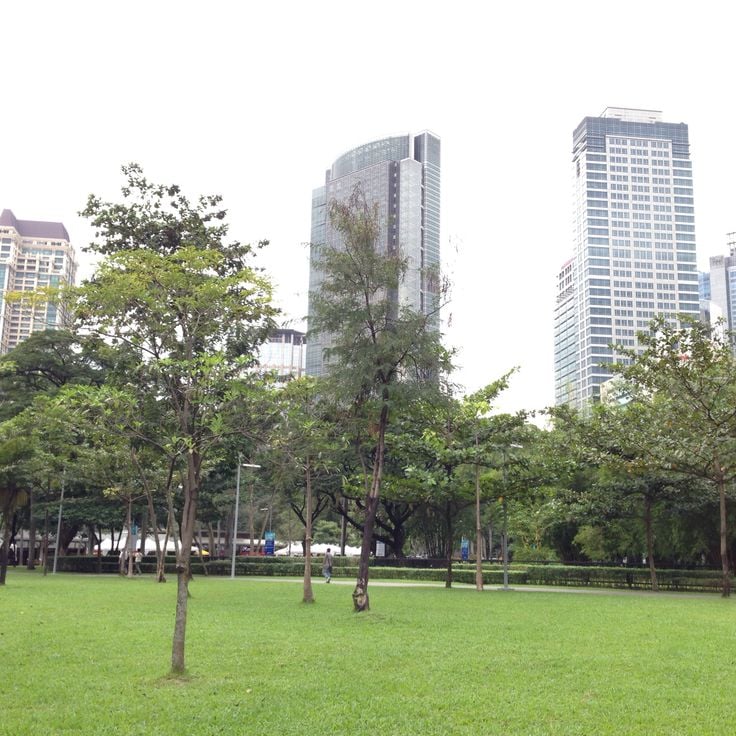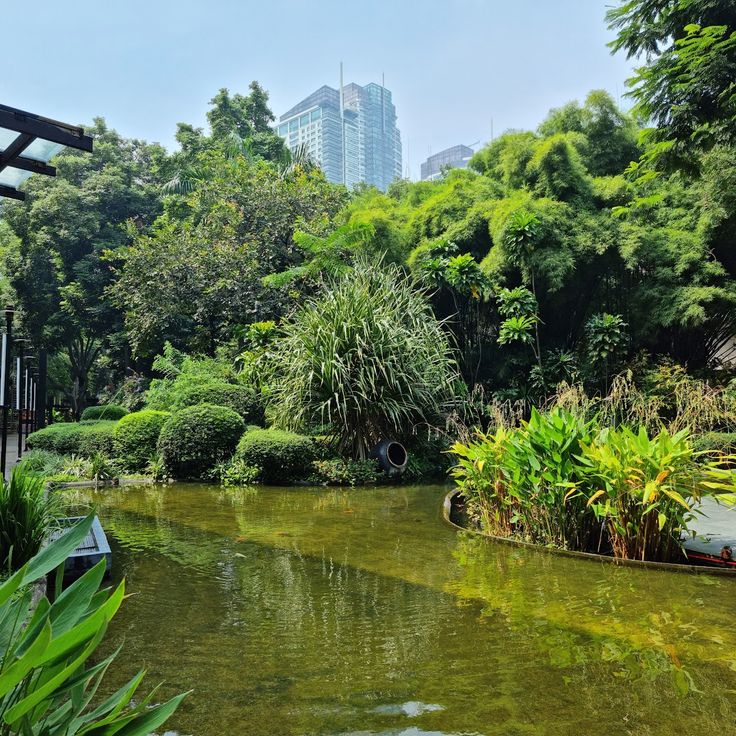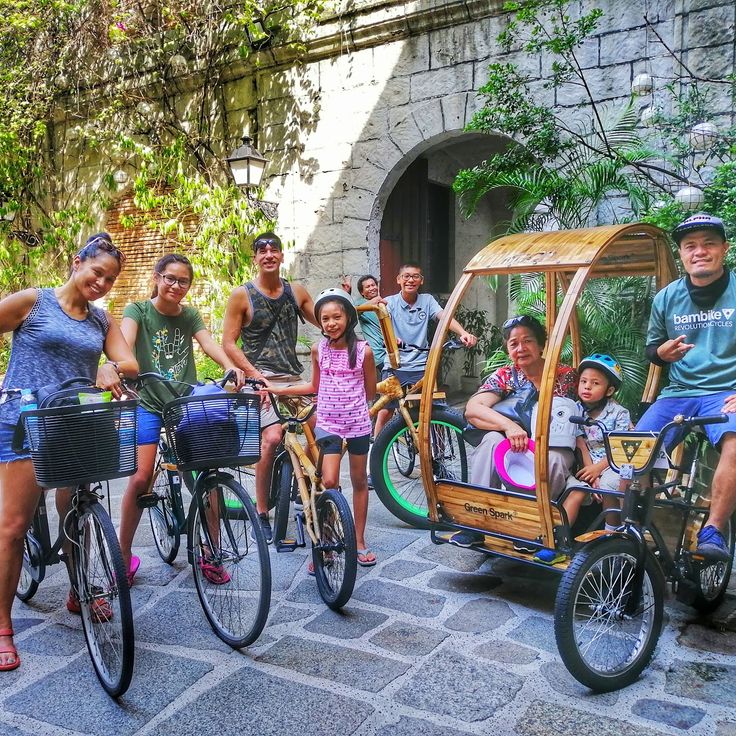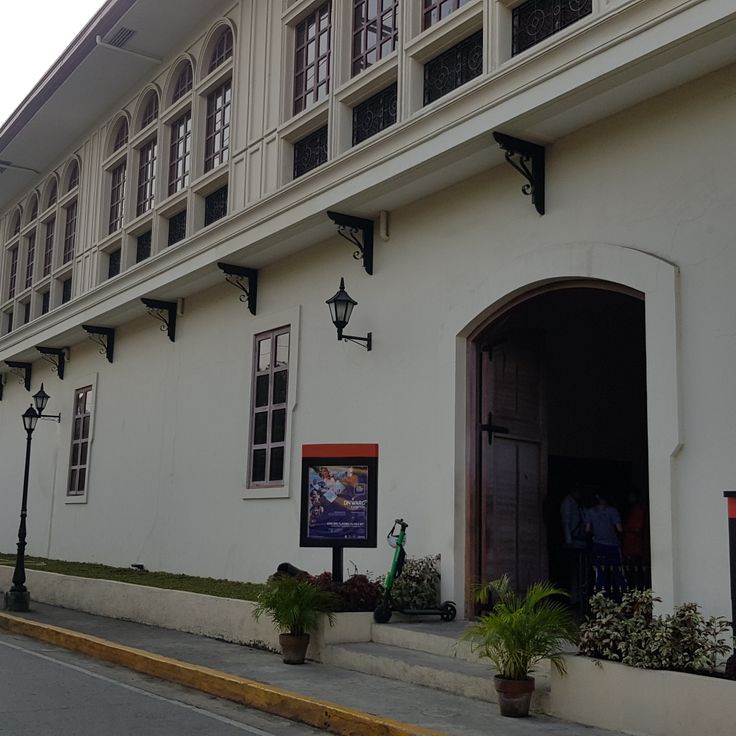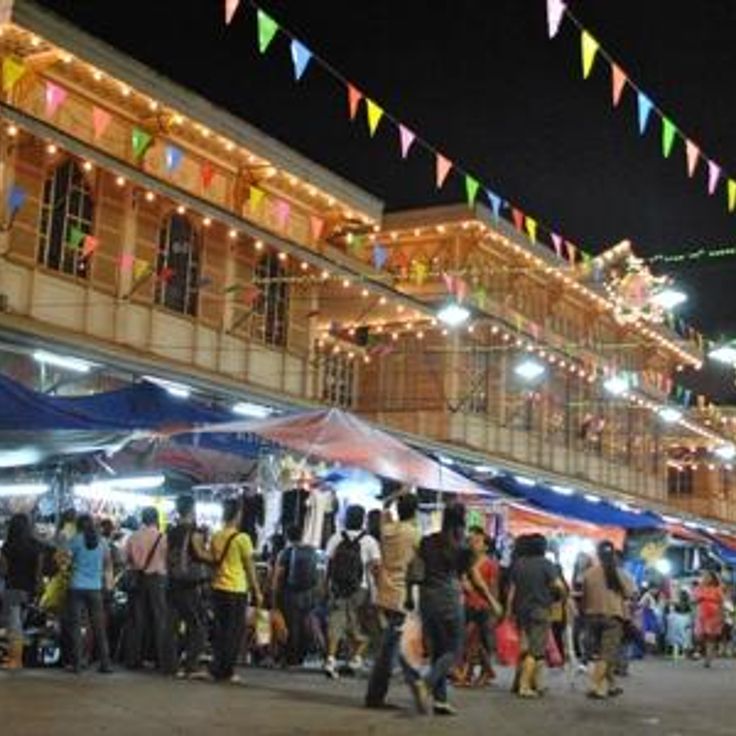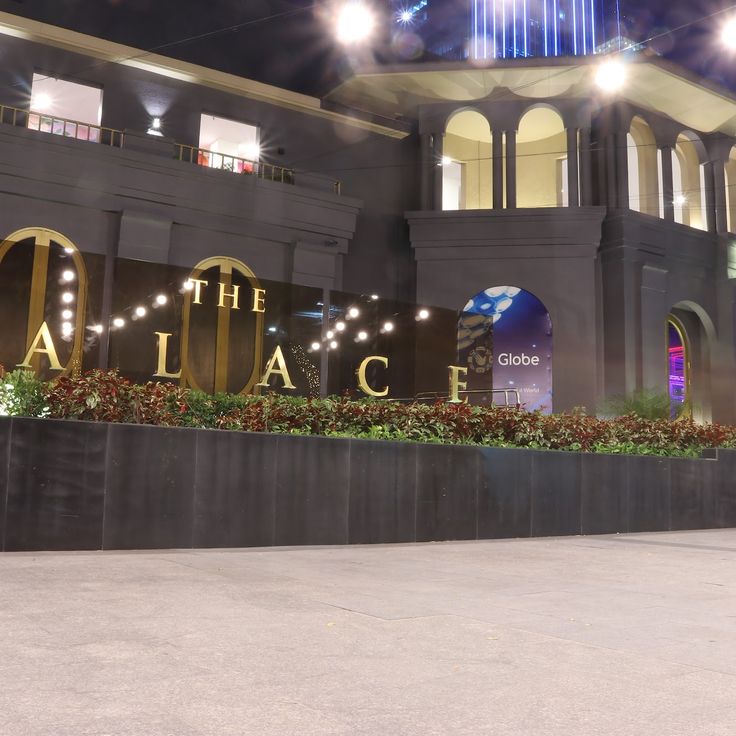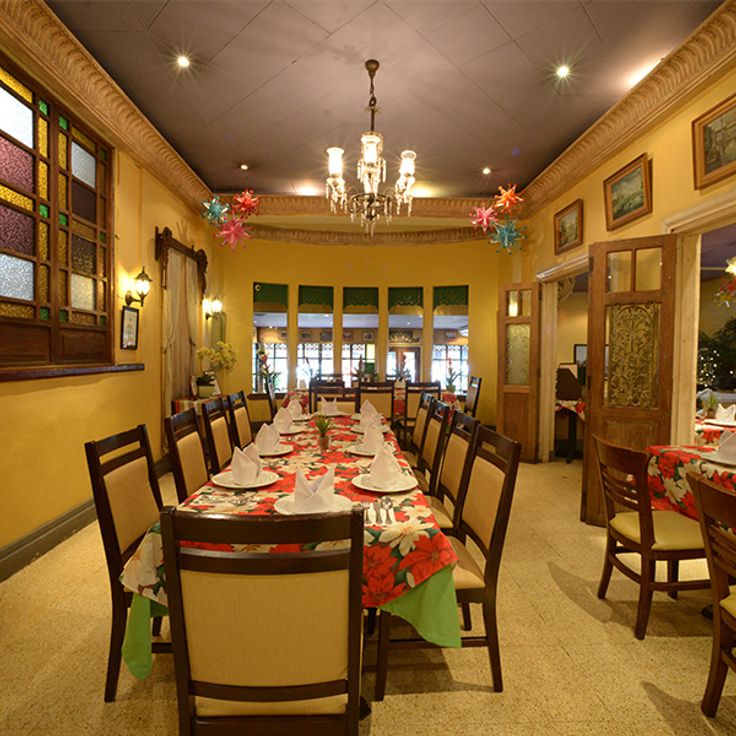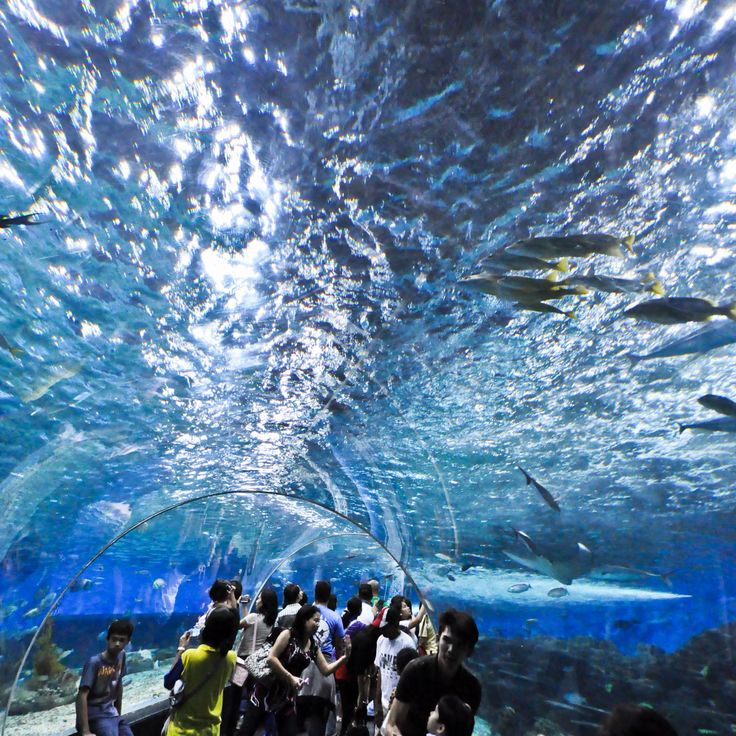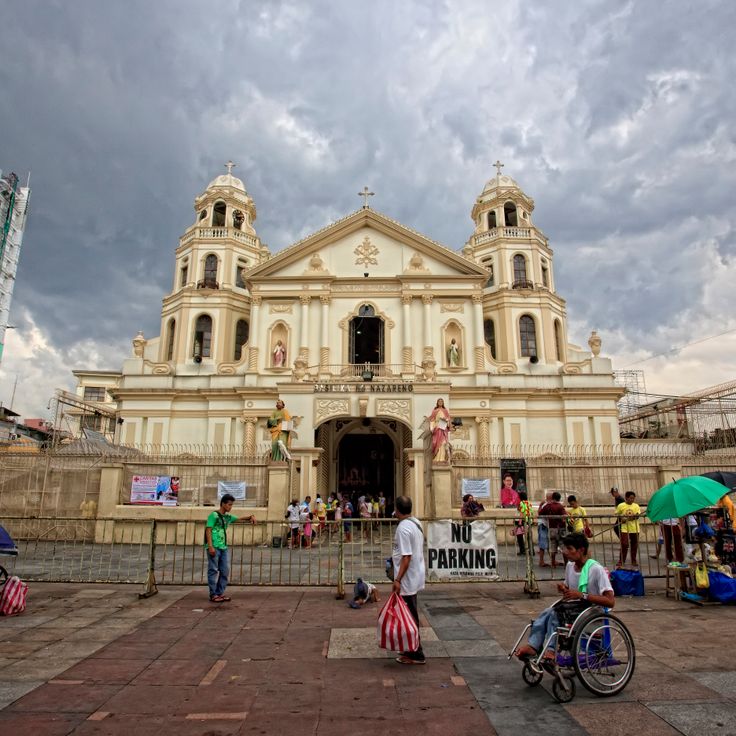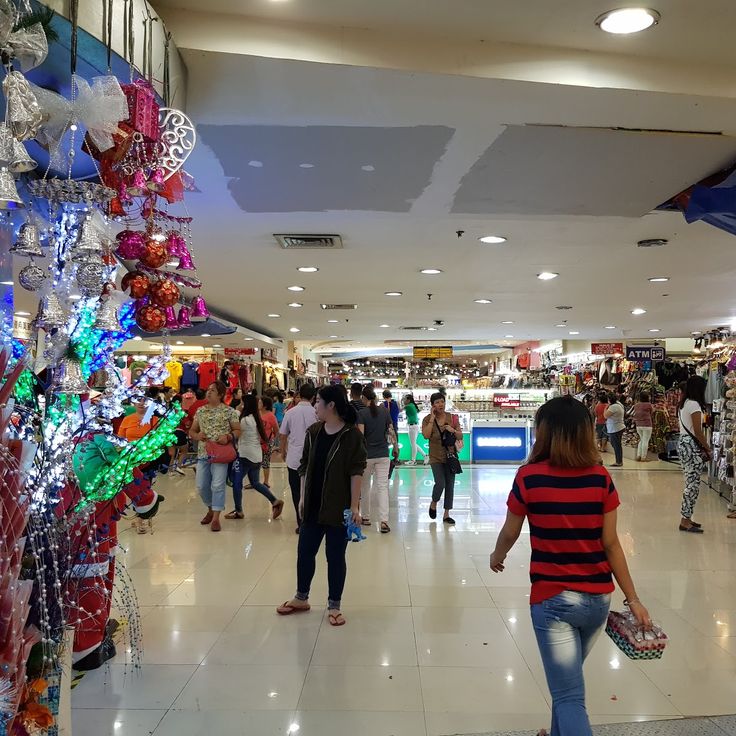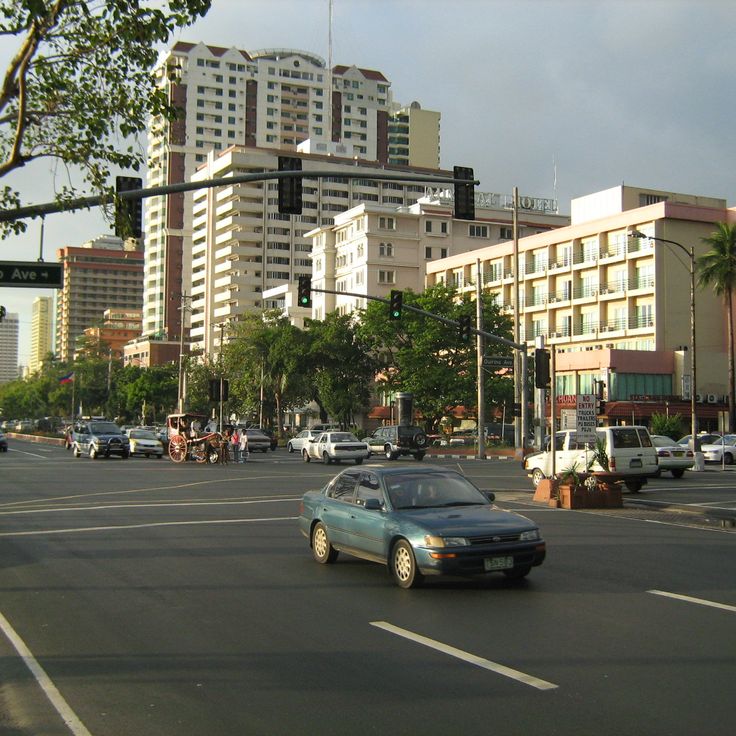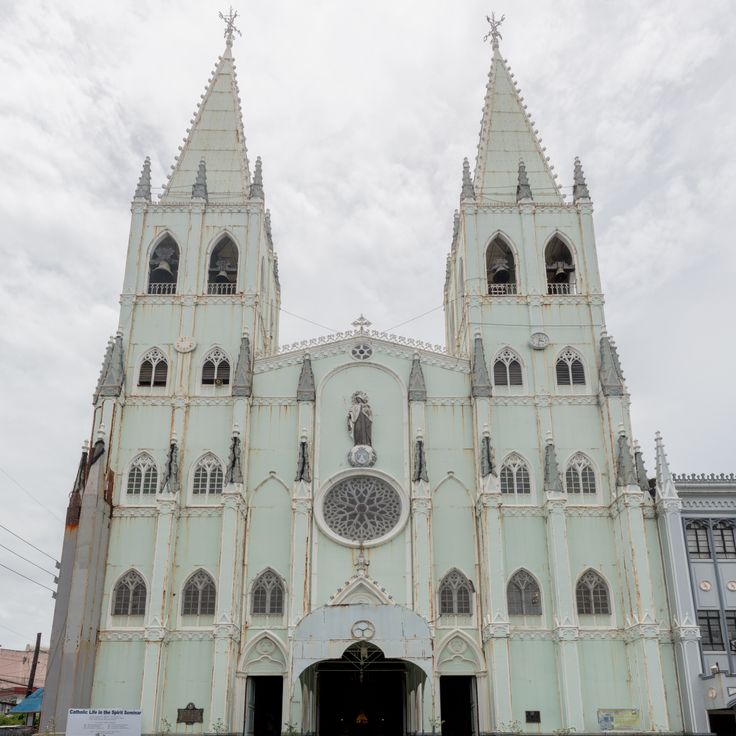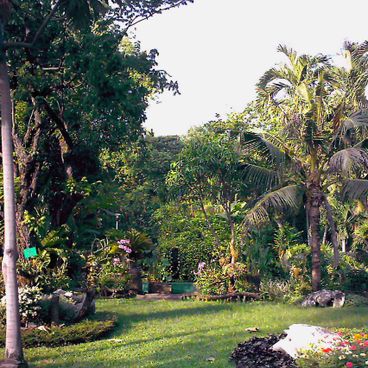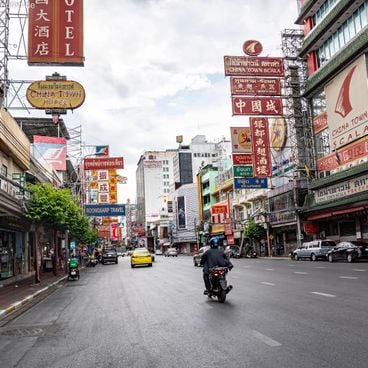Manila tells the story of the Philippines through buildings from many periods. The old town of Intramuros holds Spanish forts and churches that reach back centuries. Fort Santiago and Manila Cathedral stand as markers of colonial times. Churches such as San Agustin and San Sebastian show different styles of construction and design. Rizal Park gives visitors space to walk and think about national figures like José Rizal. The Chinese district of Binondo, the museums, and Manila Bay with its waterfront path round out a city that keeps its past while moving forward. Modern shopping centers and restaurants show how the city has changed, while historic monuments still draw people who want to understand what came before.
Paco Park in Manila is an 8-hectare green space that has welcomed visitors since 1966. The park fits into the historical heritage of the city, offering a place for walking and spending time outdoors. The Saint Pancratius Chapel stands at the center of the park and is used for weddings and religious ceremonies. The park reflects the cultural and spiritual character of Manila.
This walled city built in the 16th century is part of Manila's historical heritage. Intramuros displays stone walls, cobblestone streets, and buildings in Spanish colonial style that tell the story of Philippine history.
Rizal Park is a large green space in the center of Manila that holds monuments dedicated to national heroes. The park features a Chinese garden and spaces where people gather and spend time. It forms part of Manila's architectural heritage alongside Spanish colonial structures, 16th-century fortifications like Intramuros and Fort Santiago, Catholic churches, and the historic Binondo district.
Casa Manila is a museum built in 1981 that displays furniture and art objects inside an exact replica of a 19th-century Spanish colonial residence. Within the context of Manila's historical monuments, this museum helps visitors understand how people lived during the Spanish colonial period and complements other sites like Intramuros, Fort Santiago, and the city's Catholic churches.
This Manila Cathedral is a neo-Romanesque religious building completed in 1958 after reconstruction. It stands as part of the historical architecture of Manila, reflecting the Spanish colonial past of the Philippines. The cathedral hosts religious ceremonies and displays historical relics of the Immaculate Conception that tell the story of the city's religious and cultural heritage.
Saint Augustine Church is a baroque religious structure built in the 16th century within the Intramuros district of Manila. It stands as part of the city's Spanish colonial architectural heritage and reflects the religious history of the Philippines. The building houses a museum displaying liturgical objects and historical items that tell stories of religious practice and local history throughout the centuries.
Fort Santiago is a military citadel built in the 16th century on the banks of the Pasig River. This fortress displays Spanish colonial architecture and is part of Manila's historical heritage. The site contains gardens and a museum dedicated to Philippine national hero José Rizal. You can walk through the old walls and learn about the city's past.
Robinsons Place Mall is a large shopping complex in Manila that reflects how the city continues to grow beyond its colonial monuments. Spread across 7 floors with more than 1000 shops, restaurants, and cinemas, it serves as a gathering place where locals and visitors conduct everyday activities. Escalators connect all levels, making it easy to move through the building.
The Rizal Shrine in Fort Santiago displays where national hero José Rizal spent his final days before his execution. His original cell and personal belongings are preserved and shown to visitors. It is part of Manila's historical monuments that tell the story of Spanish colonial rule and Filipino history.
Binondo, founded in 1594 as a neighborhood for Chinese merchants, forms an important part of Manila's historical identity. This district in the collection of Manila's monuments shows how the city developed through trade and cultural exchange. Walking through its streets, you encounter restaurants, herbal shops, and craft stores that reflect generations of community life and commerce.
Saint Pancratius Chapel in Manila is a religious building constructed in the 19th century within Paco Park. It reflects the colonial church architecture that characterizes the historical monuments of Manila. The chapel serves the community by hosting wedding ceremonies and Sunday masses, contributing to the city's religious heritage and historical narrative.
The Ayala Museum in Manila presents Philippine culture and arts across four floors. The collections include archaeological objects and modern paintings. This museum contributes to understanding the artistic and cultural heritage of the nation and complements the historical monuments throughout the city that document Spanish colonial architecture and Philippine history.
The Mall of Asia is a large shopping center in Manila situated by the sea, representing the city's evolution into a modern destination. It features shops, restaurants, and cinemas all in one place. A 55-meter observation wheel offers views across the city and Manila Bay. This complex demonstrates how contemporary Manila complements its historical monuments, from the colonial structures of Intramuros to the parks and churches that define the city's character.
The National Museum of Fine Arts in Manila is a cultural institution that displays Philippine paintings and sculptures from the 19th and 20th centuries. The collection includes significant works such as Juan Luna's Spoliarium, which exemplifies the country's artistic heritage. This museum complements Manila's broader historical landscape, which features Spanish colonial architecture, religious buildings, and public spaces that together tell the story of the Philippines.
Manila Bay is a large natural basin that borders the Baywalk, where commercial ships have sailed since the 16th century. The bay forms part of Manila's historical heritage, showing how the city developed as a major port over centuries. The promenade along the shore is a place where people gather to walk and spend time by the water. At sunset, the sky turns orange and reflects across the bay.
The National Museum of Natural History documents the natural diversity of the Philippines. The museum spans four levels displaying animals, plants, and rocks of the country through taxidermy specimens. It fits into Manila's museum landscape, which together with colonial structures like Intramuros, churches, and Rizal Park tells the story of the city's history and culture.
The Limtuaco Distillery in Manila is a family-run producer of spirits that has operated since 1852. It stands as a testament to the city's commercial and industrial heritage alongside its celebrated colonial architecture and cultural monuments. The distillery's museum traces the history of spirits production in the Philippines and welcomes visitors to taste the range of products crafted through generations of experience.
The San Agustin Museum occupies a 1571 building and displays religious paintings, wooden sculptures, liturgical objects, and manuscripts from the Spanish colonial period of the Philippines. It contributes to Manila's collection of historical monuments by documenting the Catholic and artistic heritage of the city during Spanish rule.
Café Adriatico is a historic restaurant established in 1980 on Remedios Circle in Malate that contributes to Manila's rich food culture. The restaurant serves traditional Filipino cuisine and local coffee, reflecting the city's living culinary heritage alongside its Spanish colonial monuments and cultural landmarks.
The José Rizal Monument stands at the heart of Manila's historical heritage, honoring the writer and national hero of the Philippines. Built from bronze and granite in 1913, it marks the location where Rizal was executed. The monument holds his remains and serves as the focal point of Rizal Park, surrounded by green spaces and historic structures that reflect Spanish colonial architecture and the cultural history of Manila.
The University of Santo Tomas features in this collection of Manila's historical monuments and colonial heritage. This Catholic university occupies a sprawling campus with Art Deco buildings dating from the 1920s that have been designated as national historical landmarks. The campus represents an important example of early modern architecture alongside the city's Spanish fortifications and religious structures.
The Bonifacio 4DX Cinema represents modern Manila within a city known for its historical monuments and Spanish colonial architecture. The seats in this cinema move in sync with the film, accompanied by sensory effects like wind and water sprays, offering visitors a contemporary experience alongside the city's heritage sites like Intramuros, Fort Santiago, and Rizal Park.
Fort San Antonio de Abad is one of the historical monuments of Manila that showcase Spanish colonial architecture. This military fortification was built in the 17th century by the Spanish to protect Manila Bay from maritime attacks. It stands as part of the city's rich heritage, which also includes other fortifications like Intramuros and Fort Santiago.
The Malate Church represents the religious architecture of the colonial period within this collection of Manila's historical monuments. Built in the 17th century under Augustinian guidance, the church features a distinctive facade of coral stone in the Baroque style. It stands as one of the churches that document Spain's influence on the city's development.
Remedios Circle is a circular public square in the Malate district of Manila that has been central to this neighborhood since the Spanish colonial era. Surrounded by restaurants and cafes, the square reflects how the city developed over time. It is part of Manila's architectural heritage, which includes Spanish colonial buildings, churches, and parks.
The Baluarte De San Diego is a military fortification built in 1587 with a circular structure and massive ramparts. It stands as part of the defenses of the historic Intramuros district and represents the Spanish colonial architecture that shaped Manila's past. This fortress is one of several historical monuments throughout the city that together tell the story of the Philippines, alongside other fortifications, Catholic churches, and urban parks.
The Fun Roof is a rooftop leisure space in Manila that offers a refreshing contrast to the city's colonial heritage. This venue features a 9-hole mini-golf course, children's games, and ping-pong tables. The Fun Roof reflects how Manila's public spaces serve both locals and travelers, providing contemporary recreation within a city known for its Spanish fortifications, historic churches, and waterfront promenades.
Ayala Triangle is a public green space in Manila's Makati financial district, designed with pathways and trees. As part of the city's historical heritage, this park serves as a respite for office workers and demonstrates how Manila incorporates green areas into its busy urban landscape. The space reflects the city's approach to providing natural relief in its thriving commercial zones.
Greenbelt Park is a green space at the heart of a shopping complex in Manila. It shows how the city preserves room for nature amid commerce and traffic. The park features water ponds, gardens, and an outdoor chapel. It represents the balance between modern life and the natural world that characterizes Manila.
Bambike Ecotours offers guided bicycle tours on frames made from bamboo to explore the monuments and historic streets of the fortified Intramuros district. These tours connect directly with Manila's architectural heritage, showcasing Spanish colonial structures and sites important to Philippine national history. Intramuros itself remains one of the city's oldest and most historically significant neighborhoods, containing centuries-old churches, fortifications, and government buildings.
The Museo De Intramuros displays religious objects and artifacts from the Spanish period, showing the Catholic and colonial history of the Philippines. This museum is part of Manila's historical monuments that present Spanish colonial architecture and the nation's history.
Divisoria Market is a busy commercial hub in the heart of Manila that reflects the city's trading history. This marketplace with hundreds of vendors shows how locals and visitors come each day to search for textiles, clothing, and various goods at reduced prices. The narrow passages and crowded stalls give a sense of daily life in Manila and its economic activity, which complements the colonial heritage found throughout the city.
This nightclub in Manila features international DJs and a large dance floor, representing the modern side of the city beyond its Spanish colonial monuments and historical heritage. While the collection showcases 16th-century fortifications like Intramuros, Catholic churches like the neo-Romanesque cathedral, and cultural museums, this venue reflects contemporary urban culture and entertainment in the Philippines.
Bistro Remedios is located in the Malate district of Manila and serves Filipino cuisine based on traditional local recipes. The restaurant contributes to the culinary history of the city and provides a place where visitors can experience the flavors of Philippine tradition, which forms an important part of daily life in Manila.
Manila Ocean Park is an aquatic center in Manila that showcases marine life from the Philippines and Southeast Asia. Visitors can see fish, coral, sea turtles, and other ocean creatures in large tanks and exhibits. The center offers educational programs where experts explain how marine ecosystems work and why protecting the ocean matters. Manila Ocean Park complements the historical monuments and museums throughout the city that tell the story of Philippine culture and history.
The Wholesome Table is a restaurant in Bonifacio Global City that reflects the contemporary food culture of Manila. It serves dishes made with organic and natural ingredients, offering a modern take on how the city approaches eating and gathering. This establishment sits in a commercial district that has grown alongside Manila's historical monuments, from the 16th-century fortifications to the Spanish colonial churches that define the city's past.
Quiapo Church in Manila is a major pilgrimage site that reflects the religious and cultural identity of the Philippines. The church houses a wooden statue of the Black Nazarene and serves as a place of worship for countless devotees. Every Friday, worshippers gather for processions and prayers, making it one of the city's most active religious spaces. As part of Manila's architectural heritage, Quiapo Church stands alongside other significant religious structures like the baroque Church of Saint Augustine and the neo-Romanesque cathedral, all testifying to the city's Spanish colonial past and enduring Catholic traditions.
The 168 Shopping Mall is a vertical shopping center in Manila with hundreds of stores spread across multiple levels. The mall sells clothing, shoes, bags, and household goods to both individual shoppers and retailers. Inside you will find everything from major chain stores to smaller vendors offering a wide range of products. This modern shopping destination sits alongside Manila's historical monuments and colonial architecture, showing how the city blends its past with contemporary commerce.
Malate District is a former Spanish colonial sector in Manila that reflects the city's layered history. The area features traditional houses that echo the colonial past, alongside bars and concert halls that define modern life here. A promenade along Manila Bay provides a place to walk and pause by the water. This neighborhood bridges Manila's architectural heritage with its contemporary rhythms.
San Sebastian Church is a two-spire religious building constructed in 1891 in Manila. This structure demonstrates the Spanish colonial architecture that defines the city's historical monuments. The building features a prefabricated steel construction, designed by Spanish architects and assembled by Belgian workers. It stands as part of Manila's diverse architectural heritage alongside other significant churches and heritage sites.
